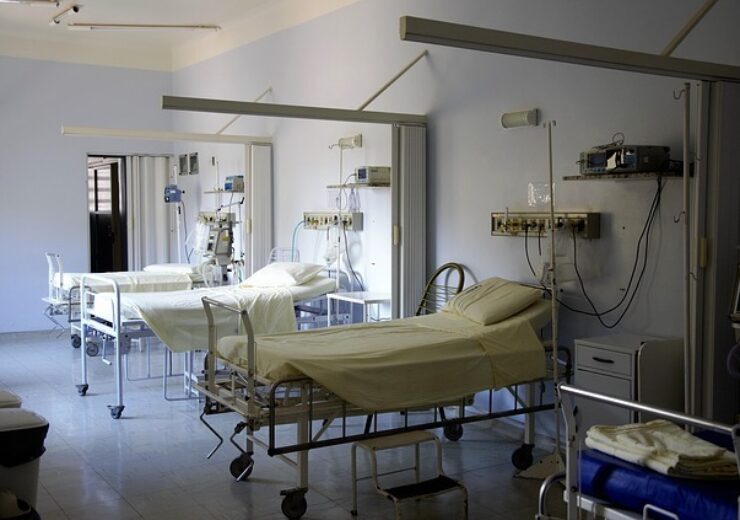The first patients were implanted with the CGuard EPS stent device at Ballad Health System in Eastern Tennesse

InspireMD is planning to enroll up to 315 patients in the trial. (Credit: Silas Camargo Silão from Pixabay)
InspireMD has enrolled first patients in the US registration trial of its CGuard embolic prevention stent system (EPS) device to treat carotid artery disease (CAD) and stroke prevention.
Under the care of principal investigator Dr Chris Metzger, the first patients were implanted with the CGuard EPS stent device at Ballad Health System in Eastern Tennesse.
The company is planning to enroll up to 315 patients in the trial and treat with CGuard EPS in the treatment of carotid artery stenosis in symptomatic and asymptomatic patients undergoing carotid artery stenting.
In a statement, Metzger said: “The wealth of clinical evidence and real-world experience outside the US in the approved served markets with CGuard, demonstrating positive outcomes for patients was very compelling, which drew us to lead this trial to advance the CGuard EPS in the US.
“We are thrilled to participate in such an important effort to bring next generation devices to the growing therapeutic effort of treating CAD.”
The CGuard EPS is a novel mesh carotid stent designed to enhance patient safety through sustained embolic protection.
It is designed to avoid peri-procedural and late embolisation by trapping potential emboli against the arterial wall while maintaining perfusion to the external carotid artery.
The device combines the largest open-cell frame of available carotid stents with the smallest mesh pore size, said the company.
InspireMD’s MicroNet enables to prevent plaque protrusion through the stent, while its SmartFit technology allows to eliminate the requirement for tapered version and support precise vessel wall apposition.
InspireMD CEO Marvin Slosman said: “This milestone marks the beginning of what we consider to be the next step in our journey of establishing CGuard EPS as the leading stent device for treatment of CAD and the transition from surgical intervention to endovascular therapy.”
